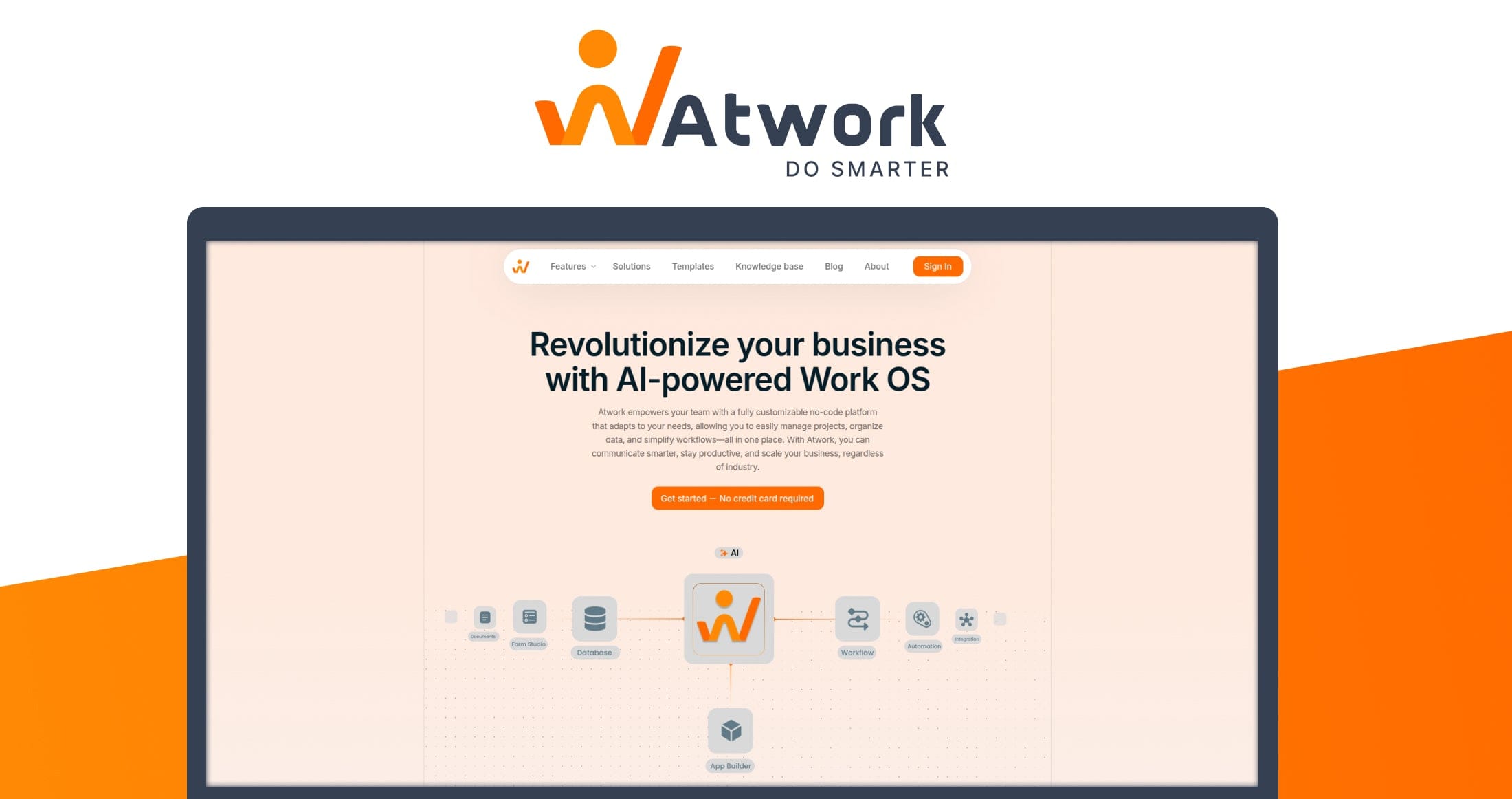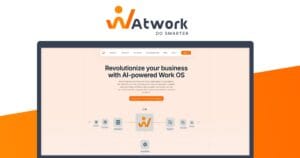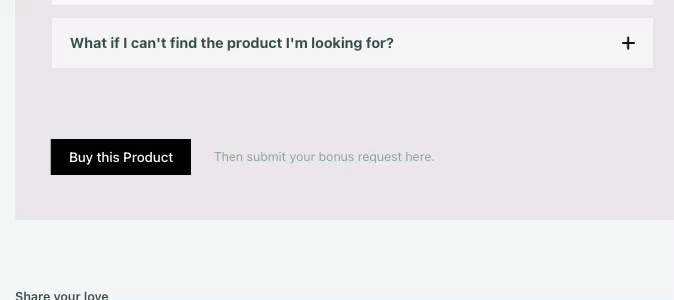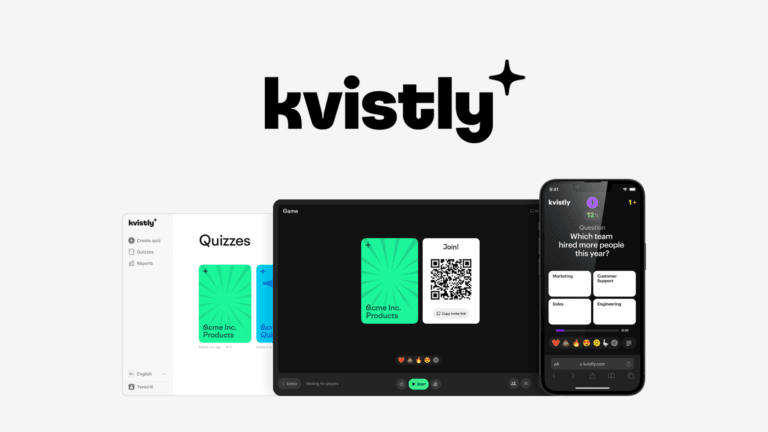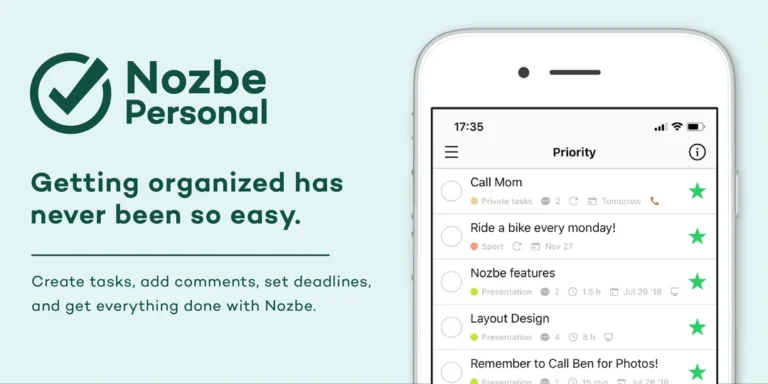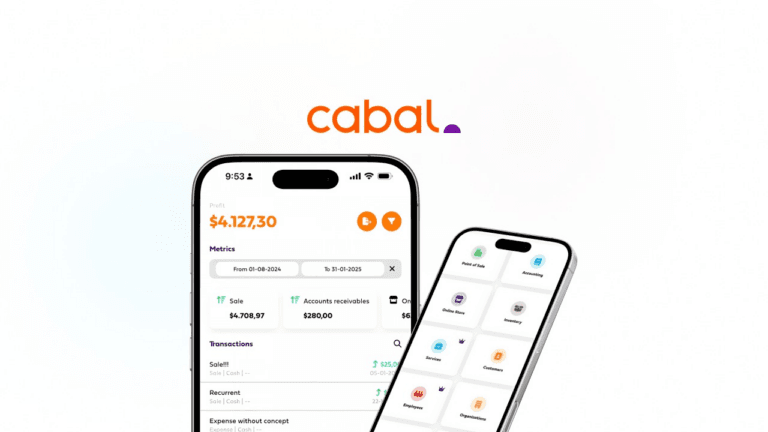The Drowning Desk
The fluorescent lights flickered overhead as I stared at the mountain of paperwork, my fingers cramped from hours of data entry. Another late night, another impossible deadline looming. I could feel the weight of three different software platforms crushing my spirit – each one promising efficiency but delivering nothing but complexity.
“There has to be a better way,” I muttered to myself, shuffling yet another stack of forms that needed cross-referencing.
The Chaos of Disconnection
My role as operations manager had become a daily battle against fragmentation. Our team was drowning in a sea of disconnected tools – one platform for customer relationships, another for project tracking, spreadsheets everywhere, and communication happening across multiple channels. Every task felt like swimming through molasses.
I remembered the team meeting from last week. Sarah from marketing had spent an entire day recreating a report because the data didn’t sync between our systems. Mark in sales was manually entering customer information multiple times, leading to inevitable errors. Our workflows weren’t just inefficient; they were breaking down.
The Unexpected Lifeline
It was during a late-night internet rabbit hole that I first discovered a potential solution. An integrated work management platform that promised to do everything – task tracking, customer management, scheduling, and form creation, all powered by artificial intelligence.
My initial reaction was skepticism. I’d heard these promises before. But something about this platform felt different. The demo videos showed seamless integration, intuitive design, and most importantly, the ability to customize workflows without complex coding.
The implementation wasn’t instantaneous, but it was smoother than I’d anticipated. Our team approached it cautiously, dedicating two weeks to training and gradual rollout. The AI assistant was a revelation – suddenly, repetitive tasks were automated, and team members could focus on strategic work.
“I can’t believe how much time I’m saving,” Sarah told me during our weekly check-in. Her reports, which previously took a full day, now generated automatically with real-time updates.
Mark’s customer data was now centralized, eliminating duplicate entries and reducing errors. Our collaboration became fluid, with team members able to access and update information in a single, secure environment.
A New Operational Landscape
Within two months, our entire operational approach had transformed. What used to take weeks now happened in minutes. The AI didn’t just automate tasks; it provided insights that helped us make smarter business decisions.
Our team’s morale shifted dramatically. No more endless meetings discussing system limitations. Instead, we were having conversations about growth, innovation, and strategy.
Epilogue: The Wisdom of Adaptive Technology
Looking back, I realized the true power wasn’t just in the technology, but in our willingness to embrace change. Modern business demands flexibility – tools that grow and adapt as quickly as our ambitions.
For any business leader feeling overwhelmed by complexity, remember this: The right technology doesn’t just solve problems; it opens possibilities. It transforms work from a series of tasks into a strategic ecosystem of collaboration and innovation.
The most successful organizations aren’t those with the most advanced tools, but those willing to reimagine how those tools can fundamentally reshape their approach to work.
